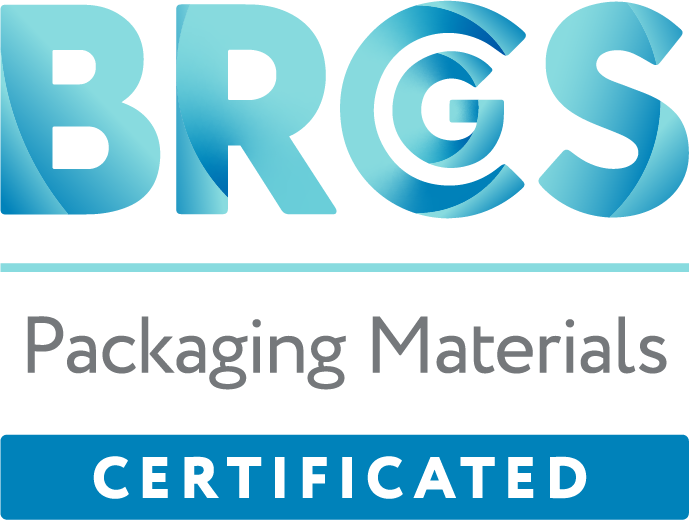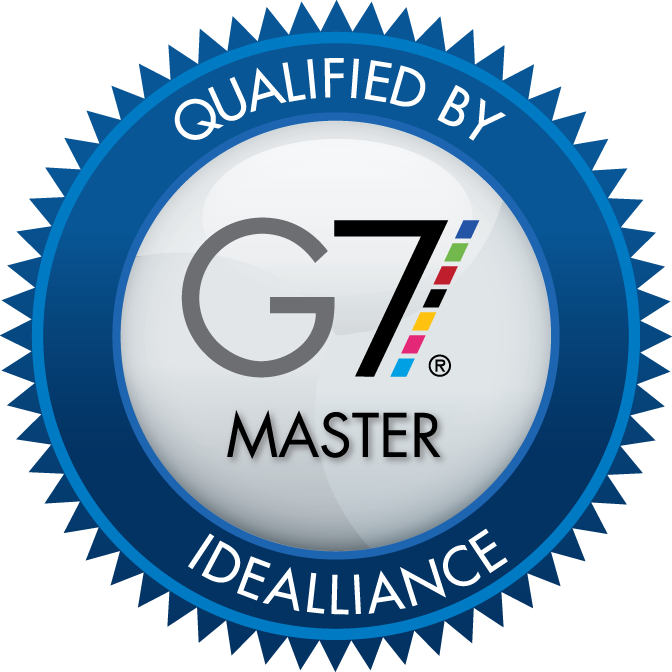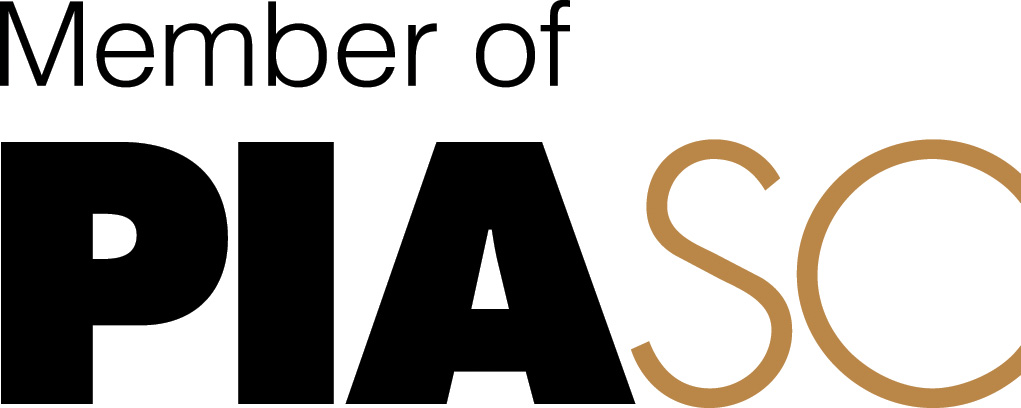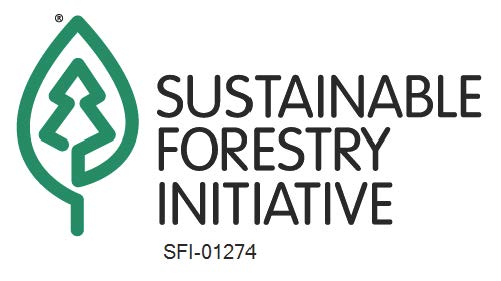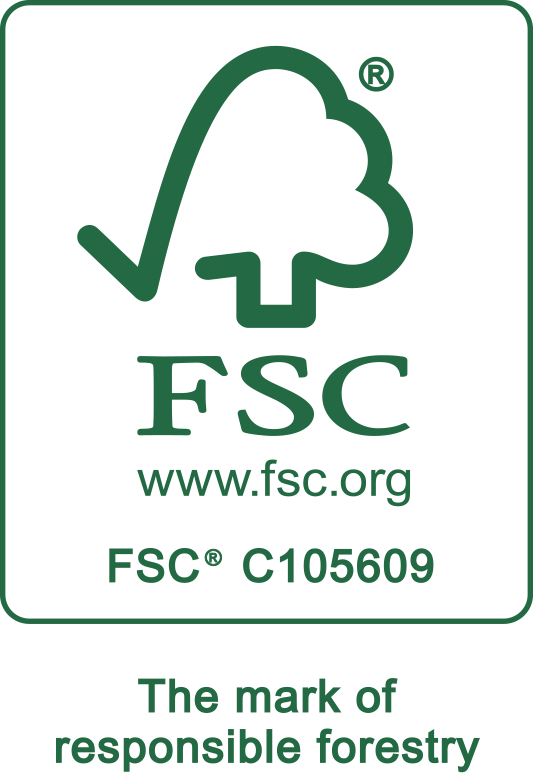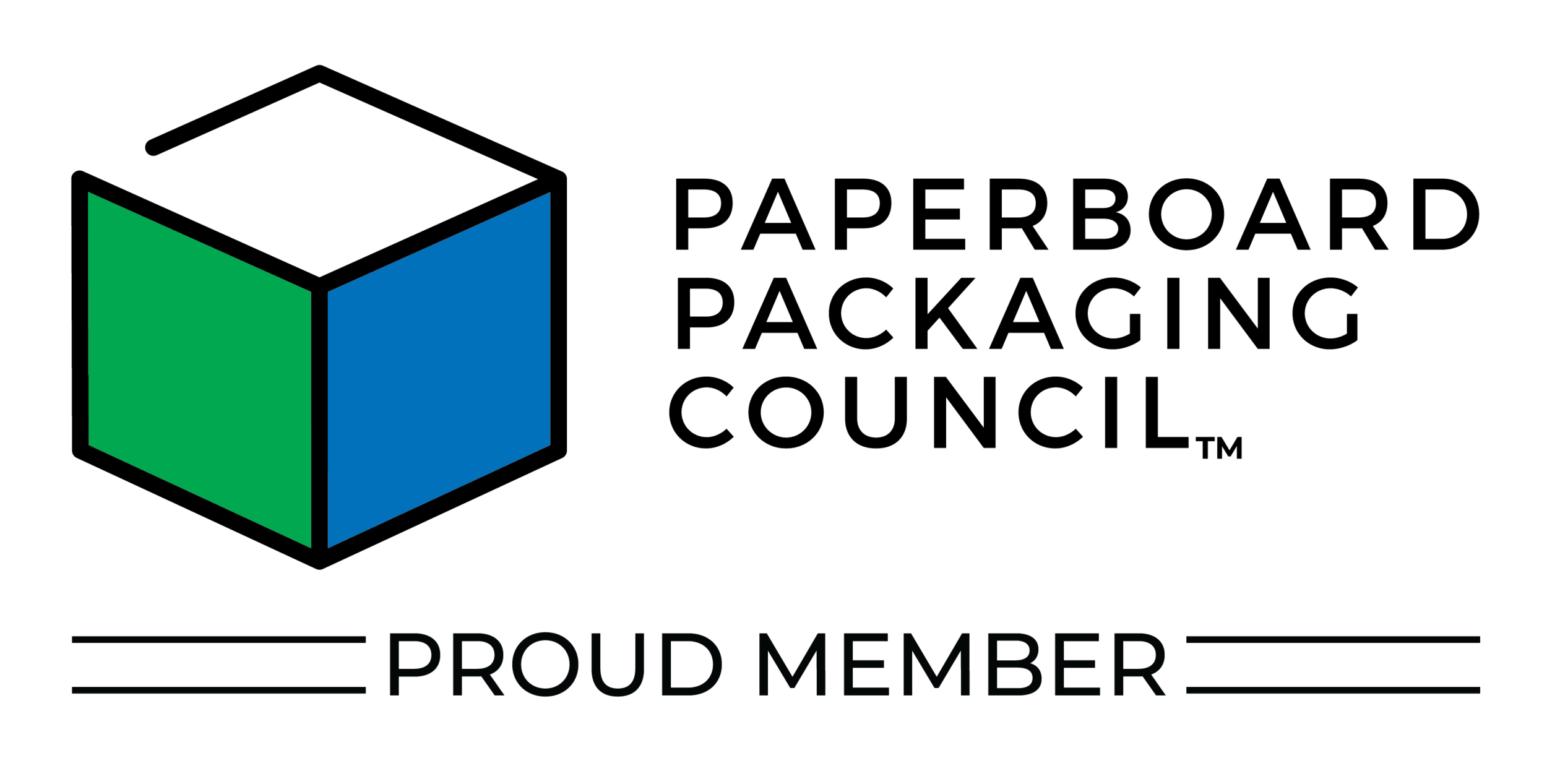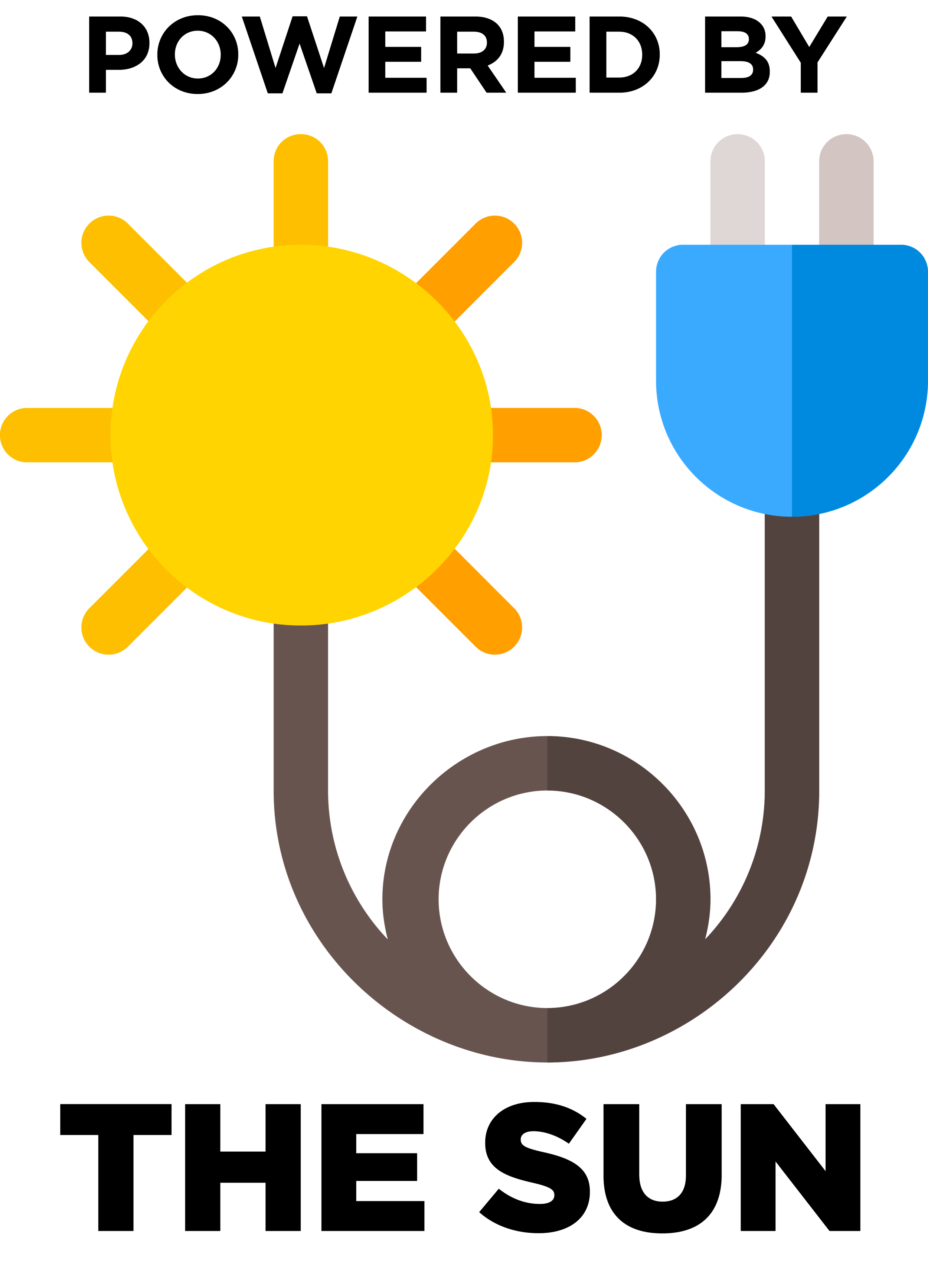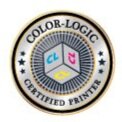Converting Magazine -- Associate Editor Jorina Fontelera, 7/1/2005
Doug Rawson, general manager and owner of Superior Lithographics in Vernon, CA, had a 40-year-old sheeter that just wasn't cutting it anymore. After three printing presses had been added to the shop, the old Cameron- Winchester sheeter was no longer able to keep up with the them.
"We literally outstripped its capacity," Rawson says. "We were starting the sheeter up Friday evening, shutting the pressroom down Friday night and running (the sheeter) through the weekend so the sheeter could get a running start on the press room. By [the next] Thursday afternoon, the presses were waiting for paper again. We realized very quickly that we had a capacity problem in our sheeting. We were running it 24/7 and not able to keep up."
Superior supplies the corrugated box industry and provides printed sheets, like lobby standees, for the movie industry.
Rawson and his team began shopping around for a new sheeter in the fall of 2003. After collecting prices and proposals from "big name" sheeter companies, it was apparent that the equipment was beyond Rawson's budget. For a small company, with about $10 million in annual sales, the asking prices proved to be too much.
Good, strong sheeter
And, as if the bottleneck in the shop and the sheeter search wasn't enough to keep Rawson preoccupied, they were late on a job for a new customer. K-1 Packaging (City of Industry, CA) was expecting a job from Superior on a Wednesday, but Superior did not ship it out until Thursday. Because of the complaint, Rawson and his vice president of operations, Rudy Chavez, made an appointment to see the customer on Friday of that week.
After meeting with their client, who was happy with the job despite the delay, Rawson and Chavez were offered a tour of the K-1 print shop. Among the brand-new equipment, Rawson noticed a sheeter in the corner of the shop that he was told was a Goodstrong Machinery sheeter. Having never heard of the company, Rawson was curious, so he asked, "How's it run?"
His client replied, "Perfect." Along with rave reviews, Rawson was also given the name of Kenny Lee at CG Machinery in Richmond, British Columbia, Canada-a Goodstrong manufacturer representative in North America. Goodstrong is a Taiwanese company, headquartered in Ling Jing, Tai Chung, Taiwan.
"But for that complaint, we never would have known about Goodstrong," Rawson says. After seeing the K-1 sheeter, he was eager to see what Goodstrong could make for Superior Lithographics.
Initial apprehension
However, Lee was not as enthusiastic about building a sheeter for them. Because Superior specializes in ultra-large format printing, Rawson needed a sheeter that has an 80-in. cut length. "At first they mention this and we say, 'No, we do not make this machine'," Lee recalls. Not only did the company need such long sheets, the sheeter would also need to cut 60-lb paper-which is about as thick as catalog paper.
"It's very difficult for the machine to deliver that paper," Lee says. "Such an extremely long sheet with very thin paper, is impossible for a lot of people. The static and cut length makes this a really challenging job to deliver this paper flat. Even now as I mention it, a lot [of people] still don't believe our machine can do that."
This was to be the biggest machine Goodstrong had ever built and they were concerned about Superior's operators and their ability to deliver such long, thin sheets.
Rawson alleviated Lee's worries by promising that his operators would be able to work with the Goodstrong sheeter. Superior bought the previous sheeter, which was built in the 1960s, in the early 1990s. It lacked automation and static control, but it worked well for Superior until the print shop was expanded. It was a well-maintained machine, but it just couldn't handle our needs anymore, according to Rawson. He sealed the deal by pointing out that because his operators were able to run a machine with no static control and almost no automation effectively, they would be able to run the Goodstrong sheeter as well.
So Lee, who is also an engineer, worked with the chief engineer of the Goodstrong factory in Lung Jing, Tai Chung, Taiwan, to build the sheeter. Construction took five months, and the system was installed in September 2004.
Never looked back
The Goodstrong sheeter has run well since the day it was installed.
By the first week of May, it had about 8.4 million knife-clicks, averaging a little more than a million knife-clicks a month. Although the machine has four roll stands, Superior usually runs only two webs at a time, for boards that are 21-pt and up, at maximum speed for board-800 fpm. Paper is run four webs at a time. The new sheeter is used during two 10-hour shifts, five days a week.
"It's gotten rid of our bottleneck for us," Rawson says. "We don't have conversations anymore Thursday afternoons about how the presses are waiting for the sheeter to sheet paper for us so we can run the next job."
The sheeter works with two MAN Roland presses (one 38 x 50-in. and one 43 x 63-in.) and a 54 x 77-in. Miehle press. All the presses are six-color with tower coaters, and the Miehle press has UV-coating capabilities. Rawson was also impressed by the machine's tight tolerances-about 1/50 to 1/64 in.
"It's so tight you can't measure it with a ruler," Rawson says. "It's just an easy piece of equipment to run and it runs fast, it runs steady and it doesn't break."

